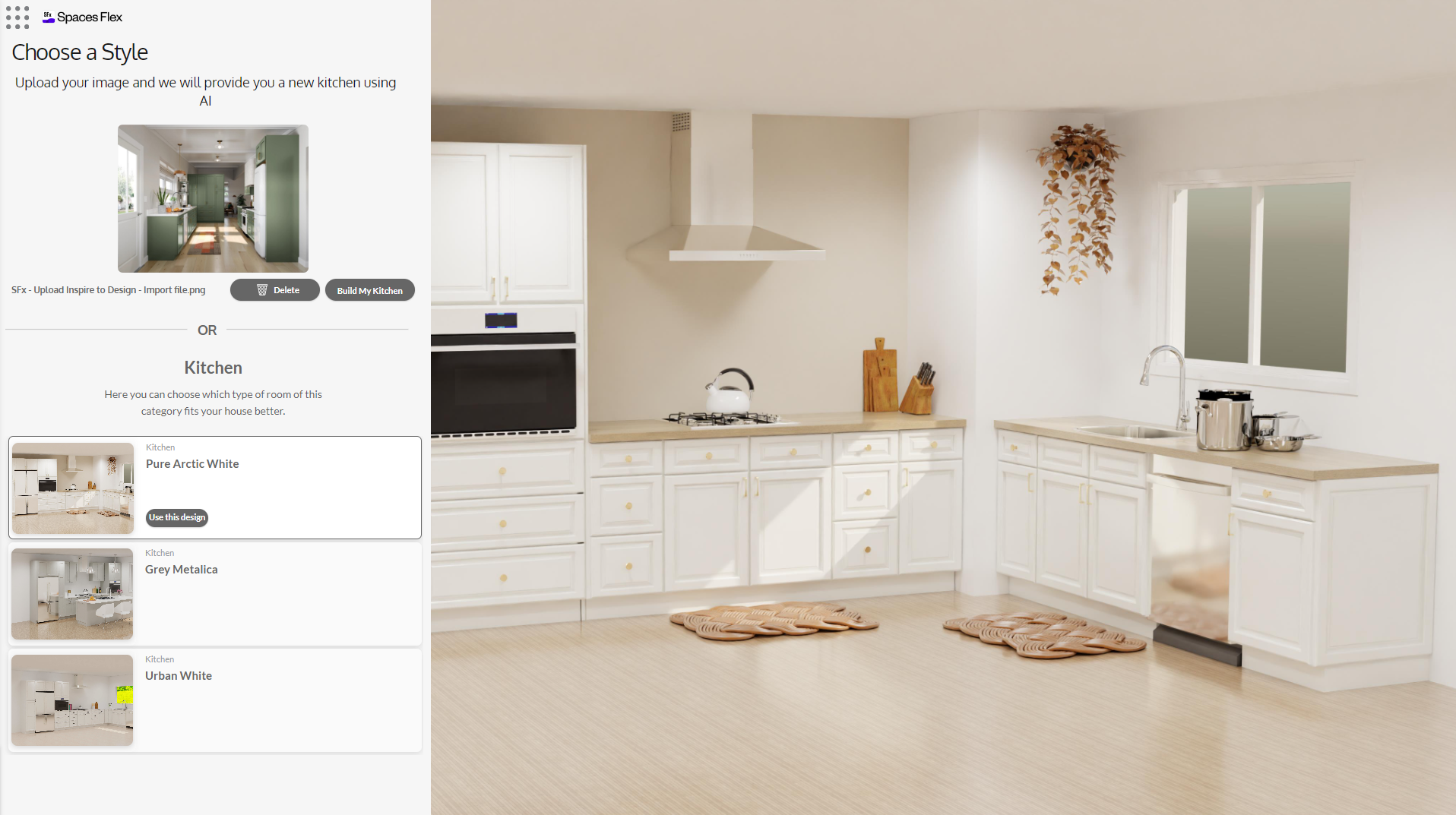How to design an ergonomic kitchen: Principles for comfort and functionality
Kitchen

Vanessa Dekoekkoek

Designing a kitchen that prioritizes ergonomics is crucial in modern home design. Kitchen ergonomics focuses on creating a space that not only looks beautiful but also supports the health and accessibility of its users. Poor kitchen design can lead to chronic pain, discomfort, and frustration, making even simple tasks like cooking and cleaning a challenge.
The goal of ergonomic kitchen design is to ensure that the environment complements the human body in a practical and healthy way. By reducing the need to constantly bend, reach, or strain, you can help prevent chronic discomfort and create a space that is both functional and enjoyable to use.
In this article, we’ll explore common issues in kitchen design and offer technical solutions to help you create an ergonomic kitchen that meets your client’s needs.
Working and reaching height
One of the most critical aspects of ergonomic kitchen design is determining the optimal working height for various surfaces. This includes countertops, storage areas, appliances, and sinks. A few inches can make a significant difference in comfort and usability.
-
Countertops and stoves: The ideal working height for countertops typically ranges from 33.5 to 37.5 inches (85 to 95 centimeters), though some guidelines suggest between 37 and 40 inches. The key is to ensure that when your client stands with their palms on the countertop, their elbows form a comfortable 45-degree angle. For stoves, the cooking surface should be slightly lower than the prep surface, allowing the user to look down into pots and pans without straining.
-
Sinks: The ergonomic height for a sink is determined by the depth of the sink basin, not the rim. The goal is to allow your client to wash dishes comfortably without stooping. Adjust the sink height so that their hands naturally reach the bottom of the sink while maintaining a healthy posture.
-
Reaching height: The ergonomic reaching height should be just above eye level or where the client’s elbows rest when reaching up. Avoid placing frequently used items above this height to minimize strain. Consider installing appliances like ovens and dishwashers at chest height to eliminate the need for bending.
Navigating space
Efficient movement within the kitchen is essential for both comfort and functionality. The kitchen work triangle—a concept developed in the 1920s by psychologist and industrial engineer Lillian Moller Gilbreth—remains a foundational principle in ergonomic kitchen design. This triangle connects the refrigerator, stove, and sink, minimizing the distance between these key work areas.
-
Workstation spacing: The ideal distance between kitchen workspaces is between 41 and 47 inches (105 to 120 centimeters). This allows for freedom of movement without feeling cramped. When designing for multiple users, ensure that each workspace has enough room to prevent jostling.
-
Workflow efficiency: Consider the typical workflow in a kitchen, from food storage and preparation to cooking and cleaning. Design a natural and uninterrupted path for these activities, minimizing the need for back-and-forth movements.
Ergonomic flooring
The flooring in a kitchen plays a significant role in overall comfort, especially for users who spend long periods standing. Materials like cork and bamboo offer a softer, more forgiving surface than traditional tiles, reducing the impact on joints and muscles. Kitchen mats placed in strategic locations, such as near the stove and sink, can provide additional comfort and protect the floor from stains.
Lighting
Proper lighting is essential for both functionality and safety in the kitchen. While ambient lighting creates a welcoming atmosphere, task lighting is crucial for workspaces where precision is needed, such as chopping vegetables or reading recipes.
-
Task lighting: Install lighting fixtures that illuminate work surfaces without casting shadows. Overhead spotlights can provide general lighting, but consider adding dedicated lighting for each work area to ensure clarity and reduce eye strain.
Accessibility and ergonomics
Designing an ergonomic kitchen requires a deep understanding of the client’s specific needs. Whether they are left-handed, have mobility issues, or require wheelchair access, each factor should be considered to create a space that is comfortable and functional.
-
Mobility considerations: For clients with limited mobility, consider lower working heights and easy-to-access storage solutions. Drawers are often more accessible than cabinets, and shallower sinks can reduce the need to reach.
-
Assistive technology: Incorporate technology that enhances accessibility, such as touchless faucets, pull-out shelves, and adjustable countertops. These features can significantly improve the user experience for those with physical limitations.
In conclusion, designing an ergonomic kitchen involves careful planning and attention to detail. By focusing on optimal working heights, efficient navigation, comfortable flooring, proper lighting, and accessibility, you can create a kitchen that is not only beautiful but also enhances the well-being and comfort of its users.
To learn more, visit our Kitchen industries page to find the right kitchen design software for your needs.
Related blogs

How Cyncly AI is transforming kitchen design and sales
2/19/2025
Cyncly is advancing AI for kitchen and bath design with Spaces Flex Inspire Image-to-Design.

Five ways large retailers can stand out in the competitive kitchen products market
12/16/2024
Wynn Grubbs is sharing five ways big retailers can thrive in the competitive kitchen products market. These approaches involve adopting technologies and strategies that foster innovation, consumer engagement, and operational efficiency, without significantly increasing their operating costs.

Software training and the value of saving time
9/17/2024
Investing in the latest design technology can help kbb retailers establish that important point of difference, but with technology evolving at such a fast pace making the most of the tools at your disposal really does come down to making an investment in training.